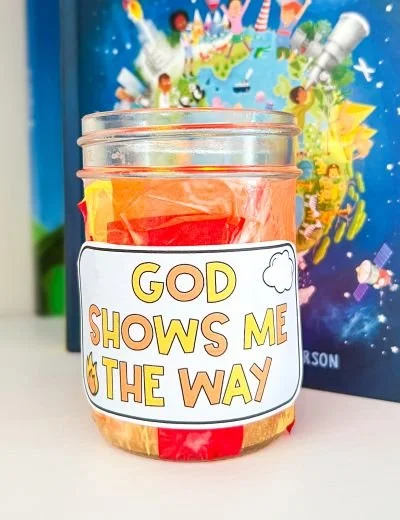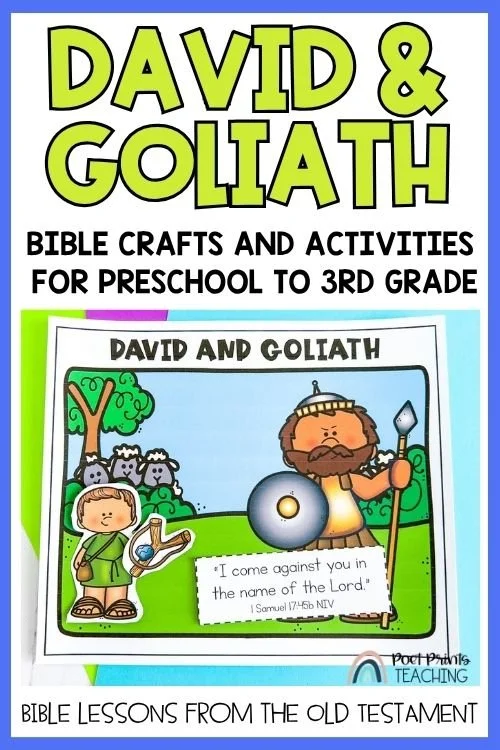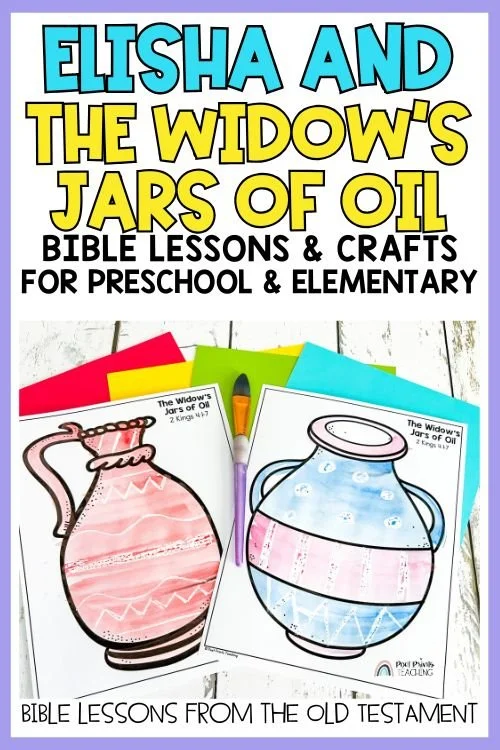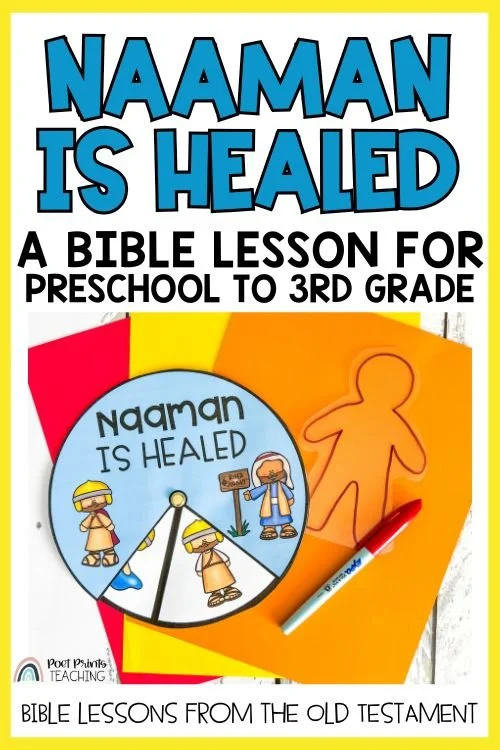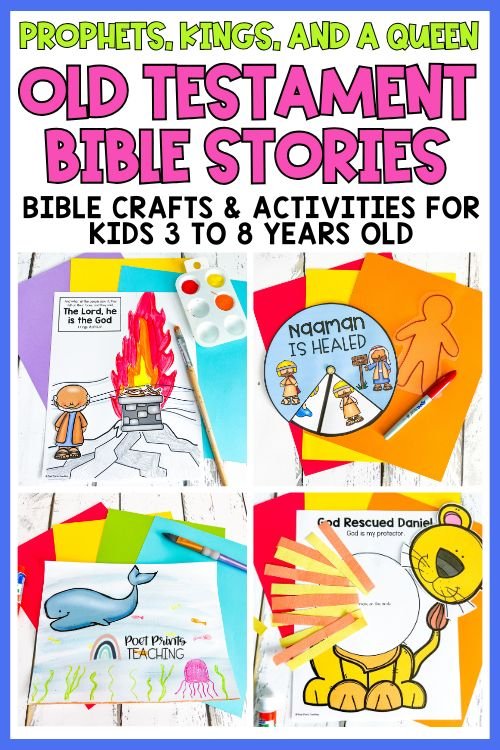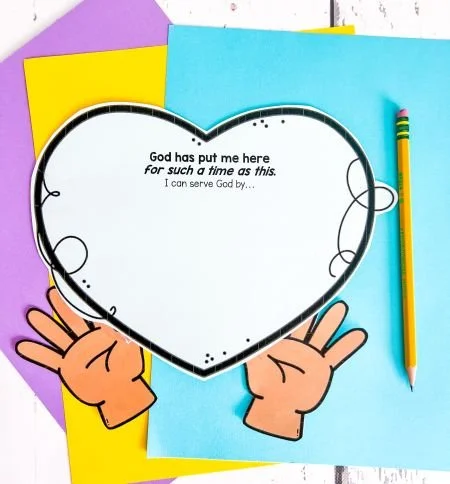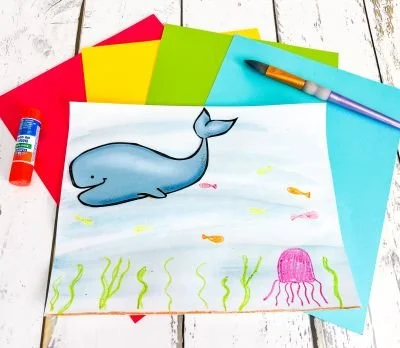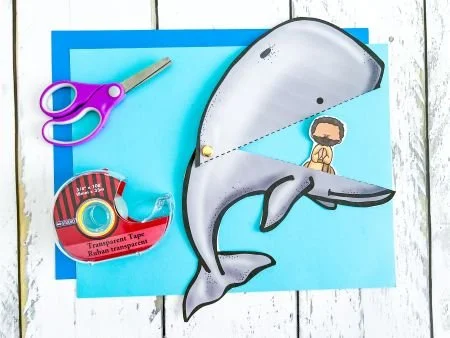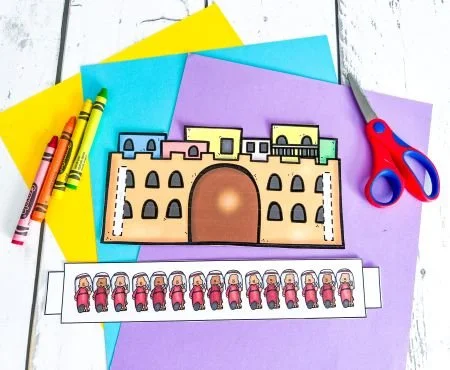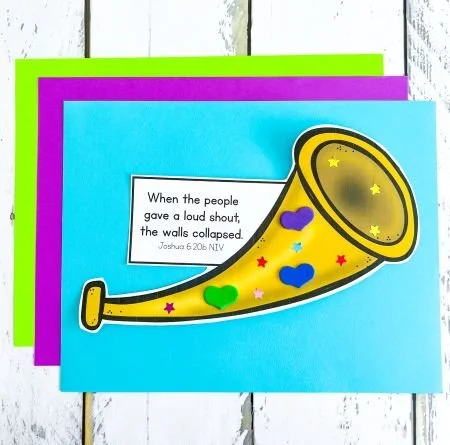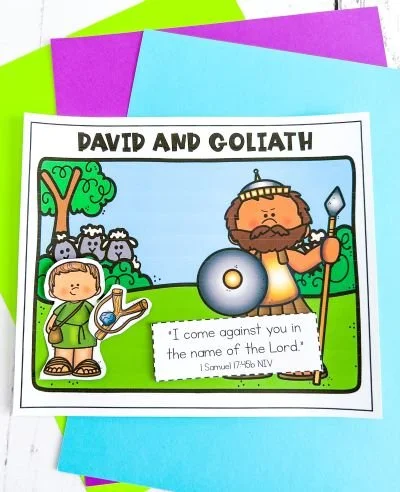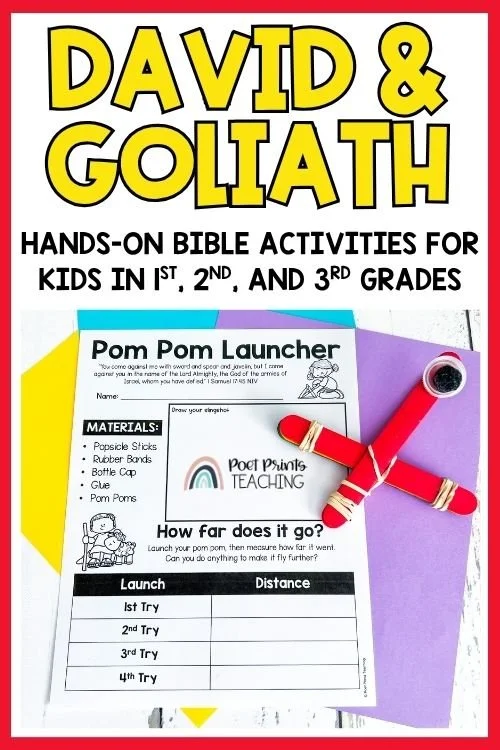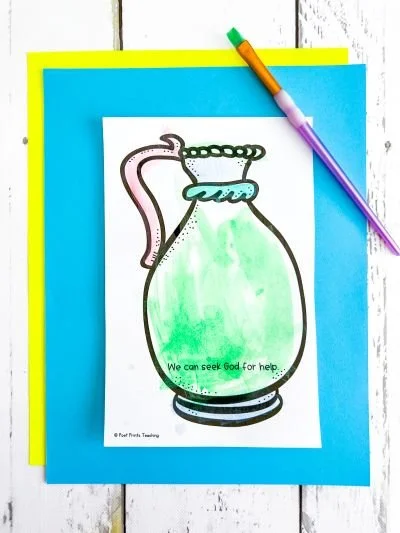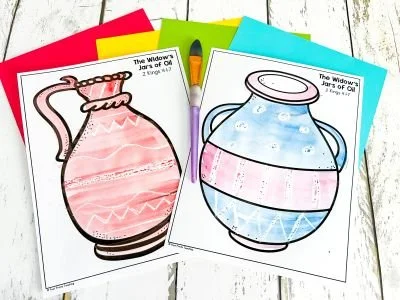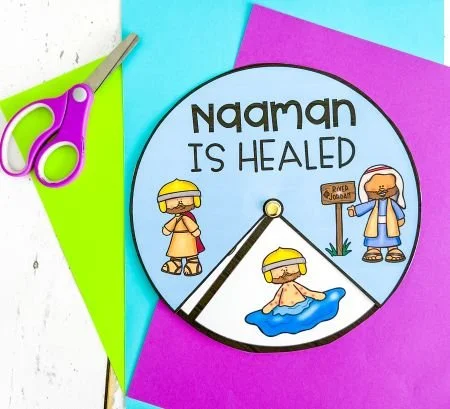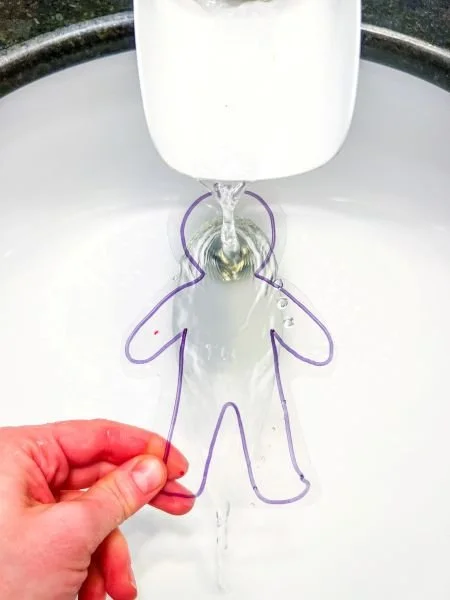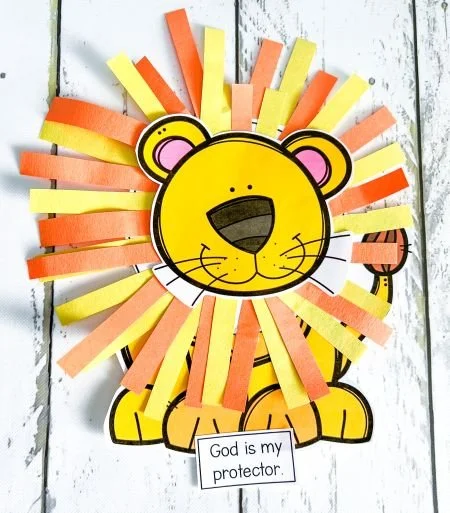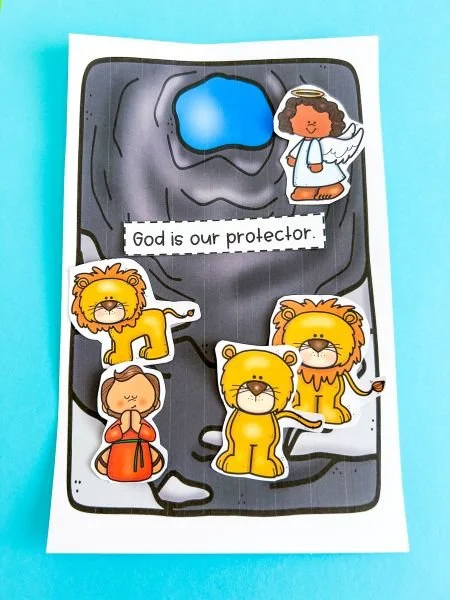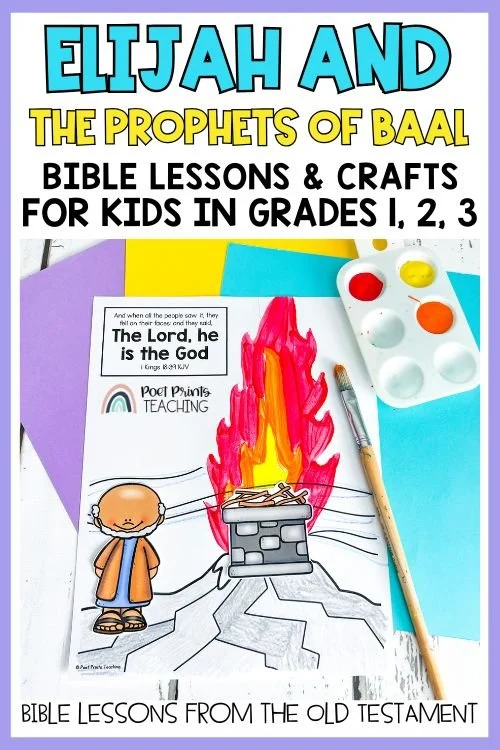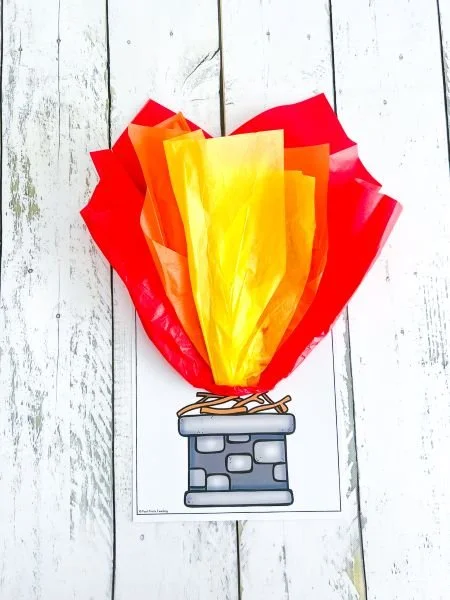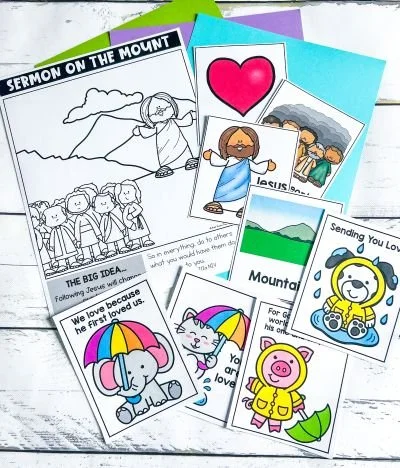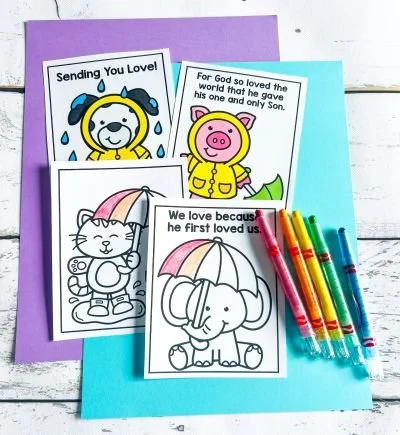The New Year is a wonderful opportunity to teach children about fresh starts, gratitude, and trusting God with the future. A Bible-focused New Year’s lesson helps kids reflect on God’s faithfulness in the past and look forward with hope and confidence in His plans. There are many creative ways to celebrate the New Year with a biblical emphasis—through fun crafts, engaging activities, meaningful Bible verses, printable lessons, and worship ideas that remind kids that every new beginning comes from God.
What the Bible says about New Year’s
The Bible does not explicitly mention New Year’s, as this isn’t a celebration that people in the Old Testament or New Testament observed. However, there are many themes throughout the Bible that fit really well with New Year’s. Here are a few:
God’s mercies are new every morning: “Because of the Lord’s great love we are not consumed, for his compassions never fail. They are new every morning; great is your faithfulness.” — Lamentations 3:22–23
God is always with us: “Be strong and courageous. Do not be afraid. Do not be discouraged, for the Lord your God is with you wherever you go.” - Joshua 1:9
We need to trust God in everything we do: “Trust in the Lord with all your heart and lean not on your own understanding; in all your ways submit to him, and he will make your paths straight.” — Proverbs 3:5-6
Trusting God with our plans: “Commit to the Lord whatever you do, and he will establish your plans.” — Proverbs 16:3
NEW YEAR’S BIBLE LESSONS FOR KIDS
Are you looking for a simple way to teach about New Year’s? The story of God Leading the Israelites Through the Desert is a great connection. The lessons include lesson plans, discussion questions, and printable crafts.
A BIBLE STORY FOR THE NEW YEAR - GOD LEADS THE ISRAELITES THROUGH THE DESERT
The Israelites had just left Egypt after about 400 years of slavery. God had heard the Israelites’ cry for help and sent Moses to lead the people out of Egypt. They didn’t know where they were going, but they trusted God to lead them.
God led the people through the desert. During the day, He would lead them by a pillar of cloud. During the night, He would lead them by a pillar of fire. When the pillar moved, the people would follow. When the pillar stopped, the Israelites would stop. The Israelites could trust that God was leading them and would keep them safe.
HOW DOES THIS STORY CONNECT TO THE NEW YEAR?
This story is a wonderful reminder for the start of a new year. Just like the Israelites, we don’t know what will happen in the year ahead, but we can trust God to lead us. God knows the path before us and promises to stay with us every step of the journey. When we pray, listen, and follow God’s Word, He helps us make good choices and shows us the right direction. Even when we can’t see what’s next, we can feel safe because God leads the way.
bible crafts for the new year
Cloud and Fire Craft for Preschool
Just like God led the Israelites, He will lead us! God will show us the way. Preschool children will enjoy creating a simple craft that relates to the Bible story of God leading the Israelites by fire and cloud. Give each child the printable cloud, flame and circle found in the New Year’s Bible Lesson for Preschool. Then, they decorate the fire with glitter and markers and put cotton balls on the cloud. Attach all three pieces and remind kids that God is with us day and night, leading the way.
Be sure to help kids make the connection that, just like the Israelites trusted God with their journey, we can trust God as we journey into a new year.
Lantern Craft for Older Kids
Older kids can create a small lantern made from a glass jar, tissue paper and glue. This lantern will remind them that, just like God led the Israelites with fire at night, He will guide us through each day of the new year.
In this craft, kids will use liquid glue to attach small pieces of tissue paper to a glass jar. Then have kids glue “God Shows Me the Way” onto the lantern. The template can be found in the New Year Bible Lesson for Older Kids.
Put a small electric tealight into the lantern and watch it glow!
New Year’s Compass craft for older kids
A compass is used to guide people on journeys. A New Year is like a journey because we don’t know what’s to come. Just like a compass points the way, God shows us where to go in life when we follow Him and trust His plan.
To help kids make this connection, check out the printable compass craft available in the New Year’s Bible Lesson for Older Kids. In this craft, kids will decorate their paper compass and use a paper fastener to attach the arrow, allowing it to spin.
The compass will serve as a reminder that God will lead the way.
OTHER New Year’s CRAFTS AND ACTIVITIES
New Year’s Clocks: Make a paper plate clock with kids, complete with movable hands! Then talk about how God gives us each a new day and a new year. For simple instructions, check out Mum in the Madhouse or The Spruce Crafts.
Blessing Jar: Give each child a jar. These could be from the dollar store or collected from a recycling bin. Use tissue paper and glue to decorate the jars. This will be their Blessing Jar for the New Year. Every time they think of something they are grateful for, or something wonderful happens, they can write it down and remember all the blessings God gives us throughout the year.
Follow the Leader Obstacle Course: Set up a simple obstacle course using the furniture in the room. For instance, set up chairs for kids to weave around, or a table for them to crawl under. Then choose a child to be the leader, who must lead the group through the obstacle course. Then discuss how God wants us to follow Him and trust Him, much like children follow a leader and trust their guidance.
Footprints: Trace each child’s footprints onto pieces of paper. Then write words or verses about trusting God to lead them through the new year. For example, “I trust God to lead me this year” or “God promises to lead me”.
WORSHIP SONGs TO DEDICATE THE NEW YEAR TO THE LORD
Worship songs are a great way to help kids reflect on the goodness of God. We can trust that God is always with us and will lead us through life. Things will not always be easy, but God promises to be with us through the good times and the bad.
Here are some song suggestions:
Try using the songs above to open your Sunday School lesson, during transition times, or as a way to wrap up your class with worship and celebration.
Looking for more Bible lessons for kids?
Be sure to check out our 52-week Bible curriculum for both preschoolers and kindergarteners, as well as older children in 1st, 2nd, or 3rd grades. These lessons cover stories from the New and Old Testaments, including: Genesis, Moses and the Exodus, the prophets, the life of Jesus, parables, and Jesus’ miracles.






